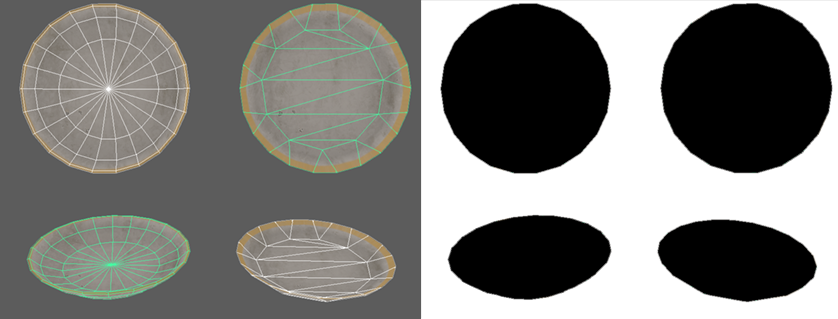
#Gamedev quick tip: Greyboxing.
Yeah, yeah, you have all seen the videos and stuff, but seriously, there is more to the greyboxing stages (yes, multiple) than most people think.
Yeah, yeah, you have all seen the videos and stuff, but seriously, there is more to the greyboxing stages (yes, multiple) than most people think.
Greyboxing is where you block in a scene quickly with stand-in geo. Boxes, spheres, cylinders... whatever.
It lets you play the game and feel out the design before making the actual assets.
But slow your roll.
It lets you play the game and feel out the design before making the actual assets.
But slow your roll.
My advice is don't leap from greybox to final asset. You can do a couple of great things at this stage.
Firstly, you can finish your game. Yes, I am serious. You can make your entire game start to finish in greybox. By which, I mean the gameplay itself.
Firstly, you can finish your game. Yes, I am serious. You can make your entire game start to finish in greybox. By which, I mean the gameplay itself.
Sure, as assets go in, more stuff needs to be done, such as animation systems, improving collision, tweaking values. But you should be able to make a totally playable game.
Second, once you have everything running you can start building your asset list and asset file structure.
What do I mean?
Well, that cube represents a rock, but it also represents a thousand other things.
Eventually it will be an asset called, say, Rock01.
What do I mean?
Well, that cube represents a rock, but it also represents a thousand other things.
Eventually it will be an asset called, say, Rock01.
What you can do is start to create and populate prefabs (unity) and blueprint objects (Unreal) with the correct name, and replacing the shared geo with a copy of that geo called rock01.
Better yet, you can make a rough in mesh of that asset- quick, no uvs, not optimised.
Better yet, you can make a rough in mesh of that asset- quick, no uvs, not optimised.
So now what you are doing is building your folder structure, and your assets are becoming tangeable files.
Those files can then be switched out with refined assets.
It lets you plan out what you need, what is and isn't important, before getting that asset made for real.
Those files can then be switched out with refined assets.
It lets you plan out what you need, what is and isn't important, before getting that asset made for real.
So there you go. Quick tip: Greyboxing can be used beyond a quick block in of a scene. It can be used in building your folder structure, your asset list and sorting out your budgets.
Tip number 2: Triplanar grid material.
I always build a triplanar shader that projects a grid or chequer texture onto the greyboxes in world space. This can be tinted, and text added to instances.
This allows me to visualise space, rhythm and scale as I greybox
I always build a triplanar shader that projects a grid or chequer texture onto the greyboxes in world space. This can be tinted, and text added to instances.
This allows me to visualise space, rhythm and scale as I greybox
• • •
Missing some Tweet in this thread? You can try to
force a refresh









